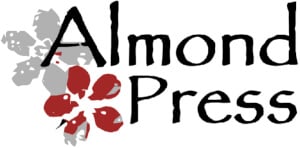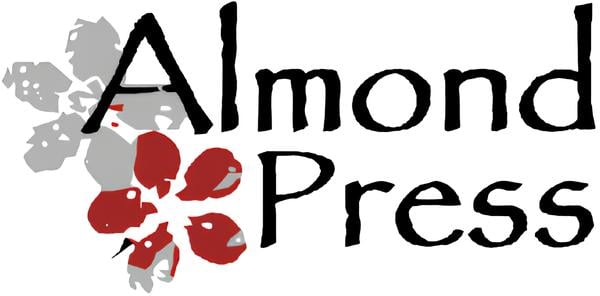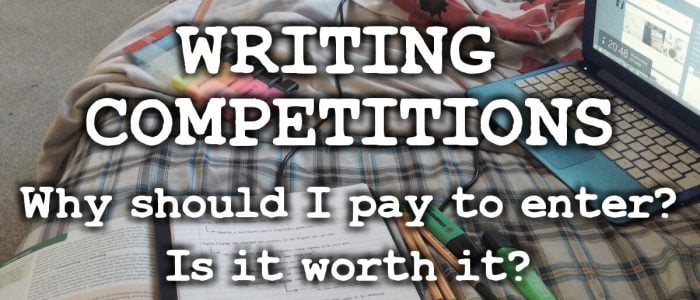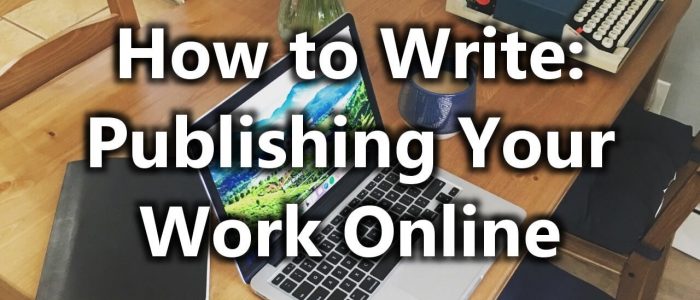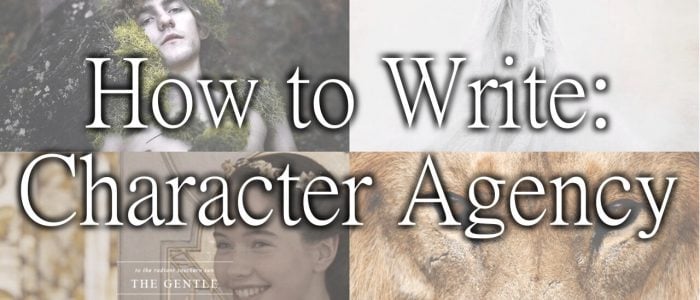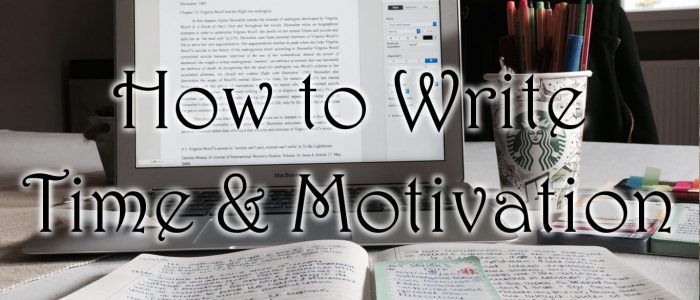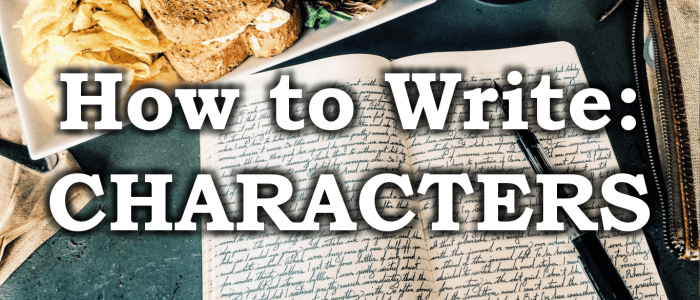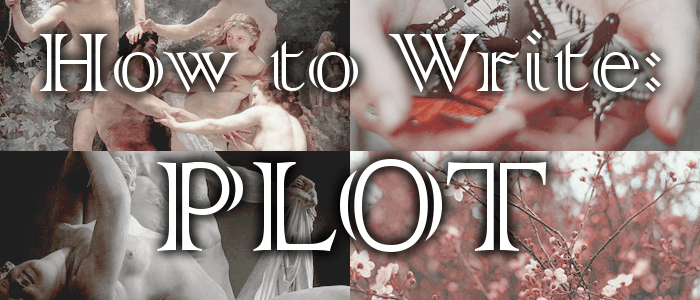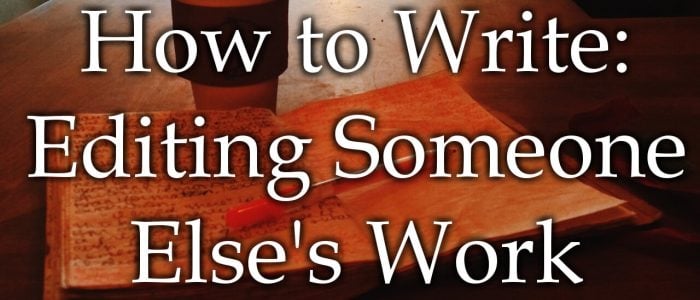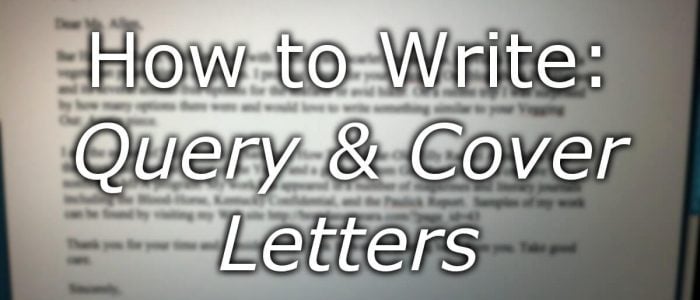What is a writing competition? A writing competition (or contest) is an event that you enter with a piece of your own writing. The prize is usually money, but sometimes it is just the pride of being chosen as winner. The winning piece will usually get published somewhere. Sometimes there’s an entry fee, and sometimes the competition is directed towards something – some publishers or magazines run competitions for the first chapter of a story, or a book proposal. However, there are a very wide variety of competitions – from poetry inspired by Shakespeare, to themed short stories, to flash fiction, to novel extracts. What are the pros and cons of writing competitions? Pros: Winning gets you fame and fortune! You get noticed, get money (or other prizes), and you can put the win on your writing CV. A deadline and word count are often good motivators to write. You’re often in with a chance to be published. The competitive element can be inspirational; you’ve got to be good to win! It’s an immediate satisfaction – or at least, better than six months of silence from an agent or publisher. There’s a wide variety of competitions to suit all levels of experience. You can write what you want, in your style – although if you want a theme, there are competitions with prompts and themes. Cons: You don’t get paid unless you win. You often have to pay to enter. Not all writers like the competition element, or see winning as a worthwhile prize. The lack of a theme or direction (as opposed to submission calls) can be off-putting. You don’t get feedback, so it can be hard to know why your work didn’t win or how close it did get to winning. Why do I have to pay to… read more →
When people are looking for new books to explore, there are three elements that get their attention: The cover The text at the back of the cover The introduction You’ll think about the first two elements after you write the book. The introduction, however, has no time to wait. All great books start with greatness. Do you remember the first sentence of Anna Karenina? “Happy families are all alike; every unhappy family is unhappy in its own way.” After reading that first sentence and the entire introduction, you just know that something extraordinary will follow. You know it’s more than just another love story. How do you get there? How do you craft the perfect introduction to hook the reader? We have few tips to offer. 1. Don’t Skip the It Your first chapter may be the introduction. May writers do that. Tolstoy did it. Does that mean you should do it? Not necessarily. An introduction is where you make the case. You tell the readers what this book is about and you explain why it’s an important book to read. It’s what convinces the readers your book has value. Do you know how George R.R. Martin started A Game of Thrones? With a prologue. The author gets straight into the story, but this feels like an introduction we definitely need for the complex plot that follows. 2. Find the Hook Your first sentence is a hook. When a book’s cover gets someone’s attention in the store, they will skip through the text on the back of the cover. Most people will then get to the first page of the introduction. They will read the first sentence. Will it make them pick up the book? Let’s check out an example: Please Look After Mom by Kyung-sook Shin. This is how… read more →
You’ve written a book, and it’s the best thing ever! So, now you want people to read it. How do you get it to them? In our current publishing world, there’s three major options. You can contact a traditional big publisher, who – if everything goes well – will buy the rights to your book, edit it, put a cover on it, market it and send you money when it sells. You can contact a smaller independent (indie) press, who have the flexibility to take chances on unusual work, and who are more likely to involve you in the details of publishing – but who don’t have the same marketing reach as the big publishers, and won’t sell quite as many as the big traditionals. Avoid anyone who asks you for money to publish (known as ‘vanity press’) with the promise of royalties in the future – it’s very likely that you’ll pay a lot and not get nearly as much back. A publisher should always cover things like editing and cover art for you, even if that means your royalty share is smaller. Or you can self-publish. This means you’re the one responsible for everything – editing, cover art, formatting, releasing, marketing, selling – so you’re putting the book out under your name, and you keep the profits from it. You can sub some of the work out (eg. hire a proofreader, purchase cover-art) but it’s down to you to sell your book to the world. And the great thing is that there are plenty of ways to do that! In this article, we’re going to briefly cover some alternative methods of getting your writing out there to your readers. While we tend to think of self-publishing as being a hard copy or ebook version of a book, that’s… read more →
What is Self-Publishing? You’ve written a book, and it’s the best thing ever! So, now you want people to read it. How do you get it to them? In our current publishing world, there’s three major options. You can contact a traditional big publisher, who – if everything goes well – will buy the rights to your book, edit it, put a cover on it, market it and send you money when it sells. You can contact a smaller independent (indie) press, who have the flexibility to take chances on unusual work, and who are more likely to involve you in the details of publishing – but who don’t have the same marketing reach as the big publishers, and won’t sell quite as many as the big traditionals. Avoid anyone who asks you for money to publish (known as ‘vanity press’) with the promise of royalties in the future – it’s very likely that you’ll pay a lot and not get nearly as much back. A publisher should always cover things like editing and cover art for you, even if that means your royalty share is smaller. Or you can self-publish. This means you’re the one responsible for everything – editing, cover art, formatting, releasing, marketing, selling – so you’re putting the book out under your name, and you keep the profits from it. You can sub some of the work out (eg. hire a proofreader, purchase cover-art) but it’s down to you to sell your book to the world. And the great thing is that there are plenty of ways to do that! Over the next couple of articles, we’re going to look at options for printing, ebook and online self-publishing. But first…. Things to think about if you’re considering self-publishing Have you written the best book that you… read more →
Character agency is basically about giving your characters choices. It’s also tied in to the idea of making relatable, rounded characters – so characters with aims and flaws, who make good and bad decisions. Character agency is the decision-making bit of that; it’s letting the characters drive the events in your stories. Character agency is about how the characters accomplish the plot Ok, so you’ve got your basic plot. Hero rescues Princess from Dragon. Simple, right? But if you pick three different characters, they’ll go about that in three different ways, and you’d end up with three different outcomes. The Dark Lord. Turns up on his own Fearsome Dragon and has them fight while he leans on the wall and has a quick smoke. Hang on…his dragon lost?! Well, depending on your Dark Lord, he can either haul out the Sword Of Doom for a quick bout of hand-to-hand, or produce the cannon he so thoughtfully hauled along…either way, you’re likely to end up with a dead dragon and a suitably rescued princess, who might be rather charmed by a thin moustache and fashionable black armour. The Thoughtful Farm Boy. He brings along a cow, strolls past the dragon while it’s otherwise occupied with that snack, and then talks both Princess and Dragon into leaving with him, because who wants to be stuck in a crumbling old castle? They then all decide that any King who shuts his daughter up in a tower and kills off her suitors probably isn’t a very good King, and go off to rescue the Kingdom as well. Adventure time! The Cynical Assassin. She doesn’t bother fighting the dragon – she scales the back wall, sneaks into the tower and…love at first sight, with a passionate kiss to go with it? Well, why not? What… read more →
There’s two hard parts of being a writer…sitting down to write, and actually writing! How do you find time to ensure that you write? And how do you make sure you use that time effectively? When do you work best? For me, it’s mornings and evenings, with a slump in the afternoon. I know that if I schedule writing time in for an afternoon I’ll most likely end up on Facebook…so I’m much better off accepting that my brain wants an afternoon nap (even if it can’t have one) and scheduling writing time in for a morning or evening when I’m more likely to focus. When do you have time available? Not everyone has the luxury of being able to pick a time. If you’re struggling to carve out time, can you make use of the small spaces between other things? Even half an hour a day is more than nothing, and will slowly build up. Can you wake up an hour earlier? (Horrible, I know, but it does add uninterrupted time to your day). Can you find a spare half-hour at lunch? Can you use a dictaphone on your commute, or take a notepad? How do you work best? I need multiple projects at various stages; if I get stuck on one, I’ll move on and work on another so that I’m never unproductive. But I know authors who focus on one project at a time and push that through to completion before starting another. What’s going to work best for you? Where do you work best? Most authors have a ‘place’ that is only for writing; the idea is that when you’re there, you associate it with writing rather than browsing FB or talking to someone, and it helps you to focus. Potentially you could also do ‘writing… read more →
I was asked recently how to make characters more individual; how to make them unique, colourful and distinctive. How do you get the different quirks of humans into a piece of writing? Major characters Sometimes it feels as if you could have robots as your main characters and it wouldn’t make a bit of difference. They all speak and act in the same way, and you could replace them without anyone batting an eyelid. How can you make them individual? List six character traits for each of your major characters, and use these when you’re writing. How would these traits affect their reactions to events? How would they speak? How would they react to other characters? It works particularly well if you’ve got two traits that play off each other; what would happen if you get two stubborn and angry characters disagreeing with each other? Think about their background. Where have they come from? What happened to them? What adventures have they had? What events have made them who they are? List three priorities for that character at various points during the plot. While at the start, their First Priority might be getting back to their family, as time goes on Priority Two: Saving The World may come to the fore, or occasionally be superseded by Priority Three: Get A Good Night’s Sleep. At each plot point, think about what that character’s priority is likely to be at that point, and how it would affect their actions. Even minor priorities get quite big at certain points – if you’ve ever been wet and tired, getting to shelter or sleep is usually more important at that point than whatever your day’s aim was. Minor characters Cardboard cut-outs in the background. How to give these walk-on parts some personality? Give minor characters… read more →
Ever read a book where you. Just. Don’t. Care? There’s danger…and ooh, the hero saved the day. Big surprise! You guessed that from the start. So here’s some ideas to make your plot a cliff-hanger and drama-filled rollercoaster… 1. Two bad choices Give your protagonist a choice…but make both of the options bad. Save the boyfriend, or the world? Rob the bank to get the ransom money, or let the hostages die? Walk away and live with regret, or stay and die? Even small choices can matter, as long as it adds an extra notch to the problems. 2. A real possibility of failure We know James Bond will always save the day and get the girl…but what if he doesn’t? What if there’s a real chance of failure? We’ve got a sinking feeling; it could actually happen, the baddies could win, the author might be going to surprise us… And then: phew! He did pull it off! The world is saved! But that little moment of doubt, that little inkling of worry…it just ratchets up the fear factor. 3. Build the tension The morning starts with one small task; the dog’s not well, take it to the vet. And then the car won’t start. And then a bullet goes through the windscreen. And then the apartment’s surrounded by goons. And then the President’s called because there’s a nuclear crisis – and the dog just threw up on your hero’s shoes. Add a bigger problem, and a bigger problem…and that first thing has still got to be done. Just keep ratcheting up the trouble. 4. A solution causes more issues Sure, your hero has just done that favour for the Head Honcho of Something – but now they’re in deep shit with Head Honcho’s enemy. Well, that didn’t go as… read more →
If you write (or if you enjoy reading!), you might be asked at some point to look over someone else’s work. You might be asked what you think of it, and – if it’s unpublished – to give some feedback. This is usually known as alpha or beta reading, or critique. So if you’ve agreed to read someone else’s work – whether a short story, a section, a chapter or a full novel – what should you be thinking about? There are three main parts; expectations, critique, and feedback. Check the author’s expectations First thing – before you even look at the manuscript – is to check what the author actually wants. Checking at this stage can save a lot of work and heartache later on! What do they want from you? Writers might not necessarily tell you directly, so ask a few questions; there’s no point wasting time and energy on something that won’t be useful to the writer. What is their major concern with the piece? Do they want every flaw pointed out, or just major plot issues highlighted? Or do they consider the manuscript finished, and want you to do a final read before sending it to a publisher? What’s their time frame? Do they need it back in a week, several months, a year? Do they have an aim in mind – for example, an open submission period? Have they got other work to be getting on with, or are they likely to get impatient and bug you about the work even if they’ve said several months is ok? And, most importantly, can you do what they’re asking (ie. read a novel) in that timeframe? Are you sure you want to take this on? It’s not a nice point to have to put in, but every editor has come… read more →
Cover letters are usually sent with submissions, either to publishers or agents. They’re intended to say something about the item you’re submitting and about you as a writer and person. However, for something that sounds simple, they can be surprisingly annoying to get right. Here’s some advice from Joanne Hall, who is submissions editor for Grimbold Books and sees a lot of cover letters. Take it away, Jo! First of all, I should say that there’s a difference between the standard “cover letter” (UK format), and the US-standard “query letter” (examples and advice behind the link). The US letter usually asks for more information. As with everything – look to see if there are any guidelines on the publisher’s website before you start. Some publishers want 3-4 paragraphs about the book, some don’t. Usually if you’re including a synopsis with your query, you won’t need to include as much information. I find the American-style query letter works best if all you’re doing is sending out a query to see whether and agent or publisher might be interested in seeing your opening chapters and a synopsis. In that case, your query letter needs to do the work of your synopsis and opening chapters, to draw the reader in and make them want to ask for more. From a personal standpoint, I prefer a shorter query letter. The longer you make your query letter, the more chance there is that you might write something that would put me off? But let’s break it down, paragraph by paragraph. Use a clearly readable font, and don’t include any pictures unless requested. In fact, don’t include anything that hasn’t been requested! INTRODUCTION Include your mailing address and email address at the top of the letter. You don’t need to include a phone number, but you can if… read more →
